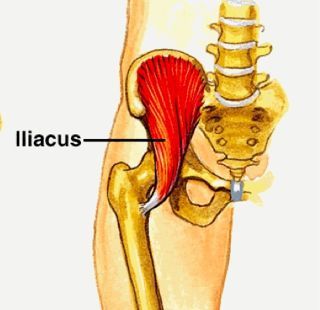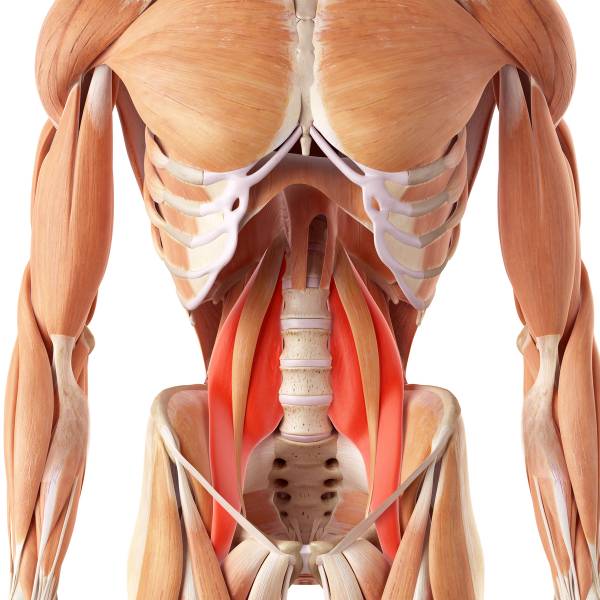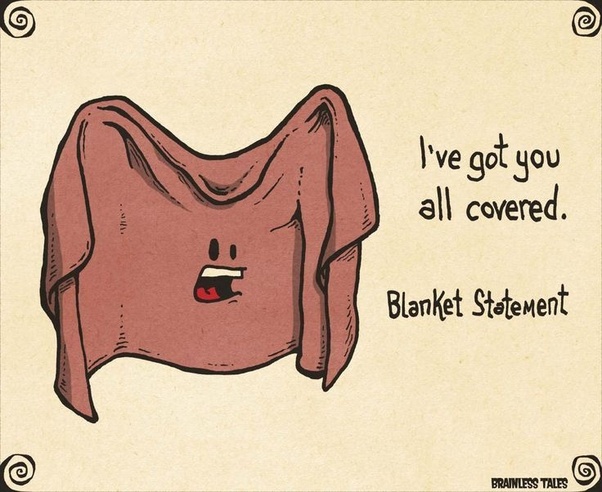Does Stretching Solve Back Pain From Cycling?
Part deux: It’s the Psoas’ Fault?
Stretching to solve your back pain from riding may seem like a no-brainer, but it may in fact lead to more pain, and more problems….
Stretching can fix your pain, right?
Not really.
Can it help decrease tightness for short amounts of time?
Sure can.
So then how do you get rid of back pain?
Stretching?
Trigger Point?
Strengthening?
If you haven’t yet read part 1, go ahead and pop over there for some awesome Simpson’s gifs. Oh yeah, and some great content about stretching, muscles jobs in the body (for movement), and a few exercises.
You read it?
REALLY?

Wow! That means these inter webs things really do work!
OK, Now that’ you’re all caught up, we can start to figure out what is causing the pain, YOUR pain, in most cases.
There are a number of contributors to when it comes specifically to back pain in cyclists:
From the physical structures of your pelvis + femur, to the thickness of your spine, your posture, & your breathing patterns, it’s rarely a simple and straight forward answer….
Here’s the hard truth:
Back pain, outside of a traumatic event, (such as a Liam Neeson movie) is commonly a culmination of a few factors.
Stretching to solve back pain from cycling: the 2 most commonly accused culprits
Unfortunately, when it comes to back pain in the world of cycling and triathlon, 2 muscles tend to take all the blame:
The Iliacus, and the Psoas, which some mistakenly call “the iliopsoas”.
These are TWO distinctly different muscles.
You may have been taught otherwise in an anatomy book or anatomy class, but they are 2 DIFFERENT muscles!
If you want to disagree with me that’s cool, bro, but let’s not take it to the physical level, you don’t want to test me…


ILIACUS Muscle
The Iliacus runs from the inside of our pelvic crest (the iliac crest), and originates from the upper Femur (your big, long upper leg bone, you biomechanical miracle you!). This muscles helps to flex the hip, and stabilize the hip.

PSOAS Muscle
The Psoas runs from the Anterior (front) portion of our Lumbar Spine, and originates just below the origin of the iliacus (thus why many believe they are the same muscle). It helps stabilize the spine & flex the hip.
Ok, I can feel it through the screen and keyboard that you don’t really believe me…
So to further reinforce that the Psoas & Iliacus are, indeed, 2 separate muscles, I present Evidence #92305797-B:
The Psoas and the Iliacus are innervated by TWO different nerves:
The Iliacus is innervated from L2-L4, by a nerve known as the femoral nerve, while the Psoas is innervated directly by the anterior rami (L1-L3).
While the nerves branches off the same big nerve “serving the greater inner hip metropolitan area”, they are different innervations.
The icing on the cake for the “Hardy Boys: The Case of the Psoas & Iliacus Separation” mystery:
Some anatomists even go as far as to categorize the Psoas as having a Psoas major and Psoas minor, but we’ll save that for another day.
While the psoas does play a role in back pain for cyclists, it is hardly THE ONLY reason for back pain (I mentioned that above, right?).
Yes, due to your Super Aero (or not so Super Aero) positioning on the bike, along with a repeated flexing motion of the hip, the Psoas gets shorter and adapts to “Perform best” in this new, shortened position….That is, after all, where you’re putting a lot of effort and time in.
The problem is, that the body doesn’t know that you’re just getting after a Strava KOM or trying to gain some fitness on the bike, and are NOT being chased by a cheetah and riding for your life…
Stupid body.
Let’s stretch the Psoas to solve back pain from riding!
Said everybody, ever… (including me!)
Don’t get me wrong, stretching the Psoas is something I’ve been teaching since 2008 for every cyclist and triathlete I’ve worked with. I’ve spent many hours researching this muscle, ill-dubbed the “iliopsoas”, (which we’ve already discussed, is incorrect) and have found that stretching does play a part in a well-designed treatment plan.
I’ve preferred to use “The Lunge, Reach, Twist Stretch” as it can help decrease immediate tension in the muscle and bring back the muscle closer to the ideal resting length which we need it to be for great performances, as well as allows us to learn how to open the chest, turn on the glutes, as well as helps the athlete/client understand that there is a STRONG connection between the Psoas and the Calf muscles (this is important!).
But the psoas is like a fine wine… it’s much more complex than a fancy label and not coming in a box, or something called a “Bladder”. Ya just can’t make it feel good with a few glasses of boxed wine/ Lunge, Reach, Twist Stretch…
Here’s what you need to know about the Psoas:
1. The psoas runs from your upper leg bone to EACH ONE of your lower back bones, called the Lumbar Spine (THIS IS IMPORTANT!!!!).
2. The Psoas plays a role in flexing the hip, bringing the knee to the belly (such as in cycling), and stabilizes your lower back when standing, as well as plays a role in buffering the spine against forces when moving and lifting.
3. The Psoas passes THROUGH your Diaphragm muscle, which makes it possible for you to breathe, as well as regulates internal pressure by working together with the pelvic floor muscles (This is SUPER important for those with poor posture AHEM: cyclists, triathletes, & postpartum moms).
4. The Psoas becomes short and tight due to the positions we hold for long periods of time on the bike and at work (sitting). This negatively impacts its ability to do the jobs it was designed for.
Cool story, Bro. But why does this matter?
“Simply stretching this muscle” does not help with the underlying problems/ common contributors to back pain for cyclists and triathletes of:
A. Psoas spends long periods of time in a shortened position
B. Weak Abdominal muscles including the transverse abdominus, and obliques (BTW, You’re probably planking wrong! Many people plank by hanging on with the psoas, instead of the transverse abdominus…You can plank correctly by switching to the MAX EFFORT plank- available on the HVTraining YouTube Channel).
C. Weak Gluteal complex (Gluteus Maximus, Medius, Minimus)
D. Poor Posture, including rounded forward shoulders, and forward head position
E. Poor breathing patterns
F. Poor global strength (especially the hinging pattern)
In order to address all the parts of the puzzle, we must look at the person as a whole.
This is where strength training comes in.
When your powers combine…

Stretching can have it’s place in a properly built program to resolve back pain. But the core of the program must be strength. Again, there are ALWAYS exceptions, by no memes am I making a blanket statement…
Each individual is, well, an individual. However in our sports of cycling and triathlon, we DO see common themes.
How to begin to crush your back pain by NOT stretching:
Strength training doesn’t necessarily mean heavy weights, and in the case of MOST back pain sufferers, it usually begins by learning how to produce & manage internal pressure, how to hold tension in the muscular system as a whole, how to breathe better, as well as maintain better postures on the bike.
Here are 6 easy to incorporate exercises which will help you improve you posture, take stress off the psoas, and allow you to feel and perform better on and off the bike.
Some of these are ““Fancy Schmancey” videos, but others are part of what I send athletes who work with me for Strength training, either individually, or as a part of the Human Vortex Training Monthly Membership Strength Training Programs. You’ll notice for these, there aren’t any recorded cues. This is because for those working with me individually, I look for different things out of each exercise, depending on where in the season we are, and what the athletes needs are.
NOT Stretching to solve your back pain from cycling… Yes, it really is possible!
Give this 15 minute routine a try. As always, if you have any kind of sharp, stabbing, deep ache, or tingly pain, stop and head over to your local Physical Therapist for an assessment.
The order of the exercises is VERY important, so don’t go shuffling them around!
1. Sphynx Breathing
1 set of 8 breaths. 5 seconds in through the nose thinking about filling the space between your shoulder blades with air, 3 second hold, 5 second out through mouth.
2. Chin-tuck head lift
1 set of 10 repetitions
Most clients don’t “feel” this exercise, but find it very challenging to do correctly. It usually helps to record yourself on video to see how you’re doing.
3. McGill Crunch
2 sets of 5-8 repetitions, holding each for 8-10 seconds.
This is VERY challenging to do correctly.
Your head should only barely come off the floor…. as though your head is resting on a scale, and you just want the scale to read “zero”.
Don’t trust ANY other video on YouTube on how to do these… they’re pretty much all wrong. Yes, I can say that, as I learned from the good Doctor himself (Dr. Stuart McGill) how to properly execute these.
4. Half Clamshells
1 set of 8-10 repetitions per side.
These are a lot harder than they look.
Be sure you are bracing your stomach, thus locking your rib cage+ pelvis together. From there use ONLY your Glute Medius (muscle just under you belt line on the back/side of your butt) to slowly lift the knee off the ground.
HINT: Range of motion doesn’t matter, but having the midsection braced and only the glute medium working DOES.
5. Frog Hip Lifts
2 sets of 15-30 repetitions
Let’s learn to use those glutes, turn OFF the Tensor Fascia Lattae, and get some length in those adductors (inner thigh muscles)!
6. Facing Wall Scap Slides
2-3 sets of 4-8, depending on your ability to fire the right muscles!
These too, are deceptively hard to do correctly.
Make sure you’re using the Serratus Anterior muscle, and NOT your chest/shoulders/traps. This is TOUGH!
Take your time, and remember: range of motion doesn’t matter, using the right muscles, which maintaining a straight spine, with braced stomach, ribs down, and chin tucked, DOES.
That’s it for part 2.
What did you think?
Did you like it?
Hate it?
Did I surprise you with the Captain Plant Gif and Hardy Boys reference?
Leave your thoughts below!
Learn more about Strength Training for CYCLING Success via Coach Brodies Training Peaks University online Course!
https://trainingpeaks-university.thinkific.com/courses/strength-training-for-cycling-success
Learn more about Strength Training for TRIATHLON Success via Coach Brodies Training Peaks University online Course!
https://trainingpeaks-university.thinkific.com/courses/strength-training-for-triathlon-success






